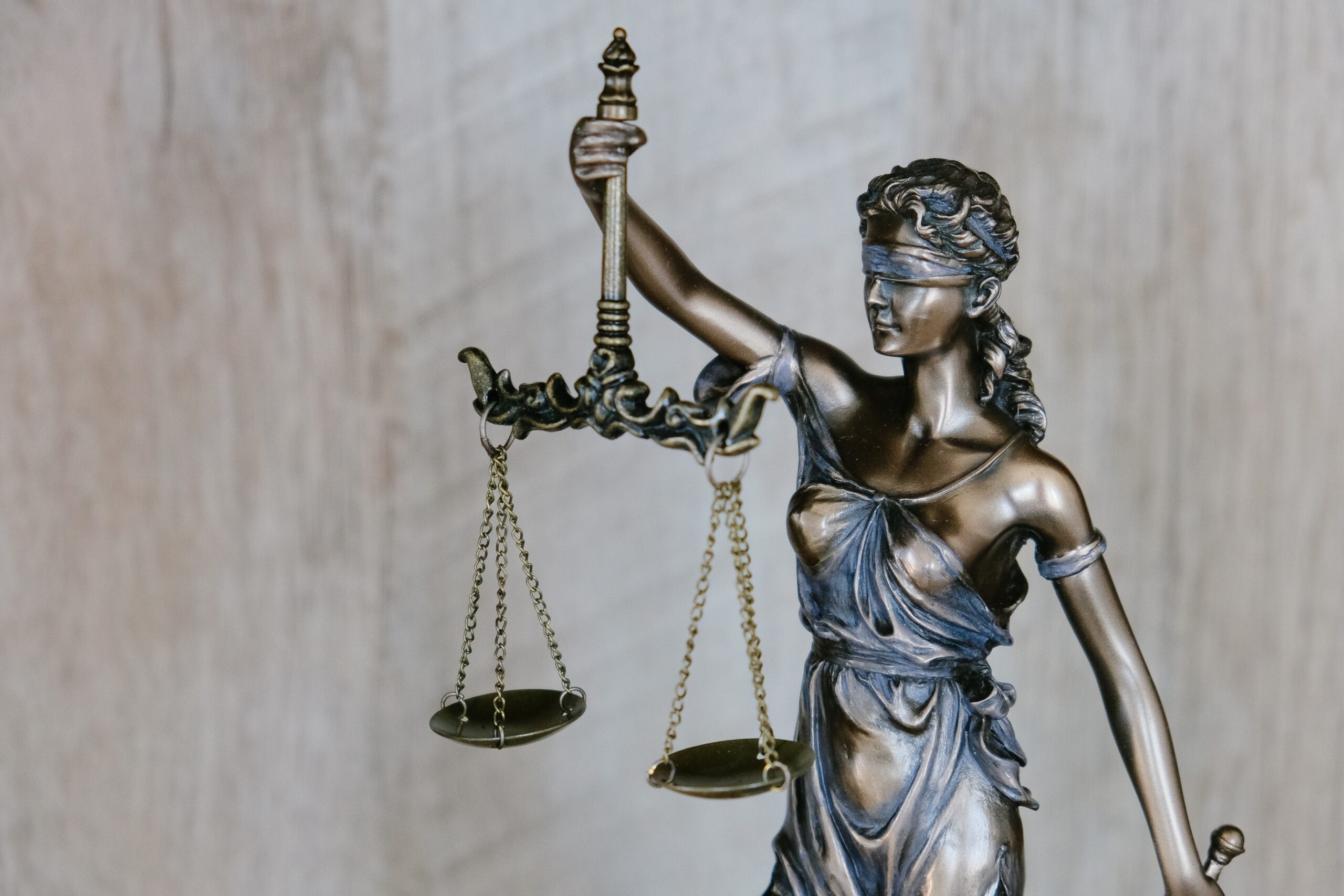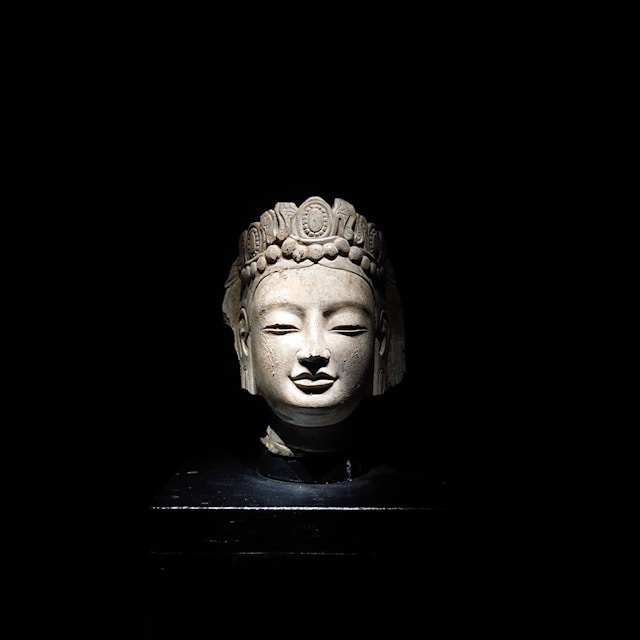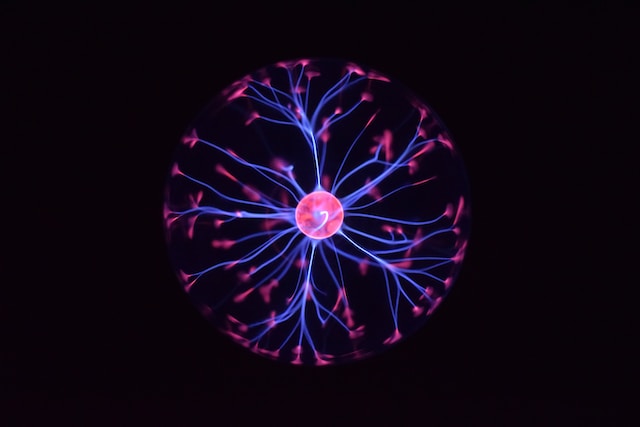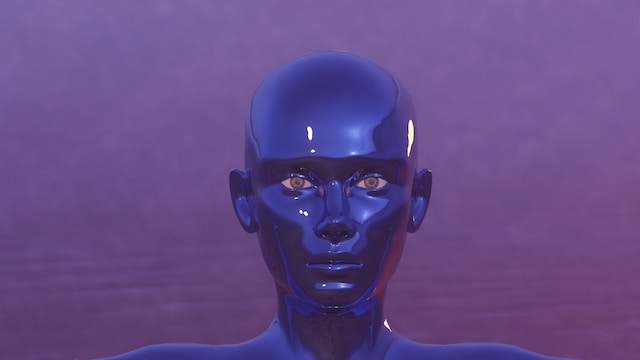Before delving into the legal aspects of cryonics, it would be pertinent to briefly discuss the legal definition of “death”. Law defines death not by some dictionary definition but by scientific criteria used by physicians and accepted by the public. In most legal systems, a doctor’s declaration of a person’s death is accepted as the legal declaration. The issuance of a death certificate acts as conclusive evidence of the fact, and puts the inheritance and testamentary laws in motion. Obtaining a death certificate is also necessary to begin the cryopreservation process.
Although there are no laws that specifically apply to cryopreservation of a person after death, the following article will outline the current legislation that can permit this, supported by actual cases. It will also explore certain questions surrounding the legitimacy of how and when to donate one’s body to cryonic centres, inheritance, estate, tax, and insurance laws.
Can a person contract to be cryopreserved upon death?
Those who are dead cease to be “persons” under the law, and as such have no rights from the time of their death. However, they can make arrangements with regards to the disposition of their body during their lifetime, and upon death, their wishes are to be carried out.
This also includes the right to donate one’s body, or organs, for the furtherance of science and medical research. Such donations are regulated by laws such as the Uniform Anatomical Gift Act (“UAGA”) in the United States, and the Anatomy Act 1949 in India. The broad language of these laws state that, “an anatomical gift/donation can be made for transplantation, research, or advancement of medical sciences”. The common law in UK also gives weightage to the wishes of a deceased, as far as mode and manner of disposal of body is concerned.
This right under the law, coupled with an agreement with the desired cryonic centre, effectively ensures that the person’s desire of being cryopreserved is carried out. In 1992, the California Appellate Court held that UAGA applies to cryopreservation. An interesting case that agreed with this decision is that of Orville Richardson in 2010, Iowa. Mr Richardson had been a member of Alcor since 2004, paying for a lifetime membership, and also a periodic payment to cover the costs of cryopreservation. He had also executed an agreement to that effect. Contrary to his wishes, he was buried by his family upon death, without Alcor being made aware. The case culminates with the decision of the Iowa Appellate Court in Alcor Life Extension Foundation v. Richardson which held that, “An individual has the right to make an anatomical gift of all or part of his body for cryonic preservation, without revocation by family members”.
Similarly, in 2010, the desire of Mary Robbins to be cryopreserved was upheld by the Colorado Springs Probate Court, pursuant to which Alcor and Ms. Robbins family reached an amicable settlement.
This issue once again became the topic of discussion in 2016 when a 14 year-old girl in the United Kingdom suffering from cancer wrote to the Court of her desire to be cryopreserved upon her death. The High Court granted approval of her request to be cryopreserved, with the purpose of a possible reanimation in the future. The judge stated that this case was the first to have come before the courts in England and Wales and that “it is an example of the new questions that science poses to the law, perhaps most of all to family law.”
What about pre-mortem cryopreservation?
Since the right of a person to be cryopreserved after legal death is well recognised and accepted, we can move on to examine the more delicate question of whether a person can end, or “pause”, life for the purpose of being cryopreserved.
The right of an individual to refuse medical treatment has been upheld in different legal systems, to different degrees. The United States Supreme Court in Cruzan held that a citizen has a constitutional right to refuse medical treatment. Administering passive euthanasia to terminally ill patients, and to those in vegetative state was held to be lawful by the Indian Supreme Court. The rationale behind such decisions is that individuals should be allowed to end their life with dignity, under circumstances where the only alternative is continued suffering on life support.
However, the proposition of ending a person’s life for cryonic suspension before death, even with the person’s consent, has not found favourable treatment. This is because there is a marked difference between an individual refusing life support, and receiving assistance in ending life before one’s natural death, in order to be cryopreserved.
This is best illustrated by the Donaldson case. Dr. Thomas Donaldson, an American mathematician, was diagnosed with a malignant brain tumor in 1988. Being inoperable, it would result in his gradual death as the tumor grew. Further damage to his brain would make cryopreservation less effective. Fearing this, he petitioned the Courts in California, seeking to assert his constitutional right to cryonic suspension before natural death. He based his arguments on decisions like Cruzan.
Nonetheless, the Court rejected his petition. In doing so, it drew a line between the right to die by refusing life support and having physicians aid and assist in one’s death, even in the event of a terminal illness. Since cryopreservation before death would involve the active participation of cryo-scientists in assisting, or even advising the person to end life, it would amount to causing an unnatural death, an “assisted-suicide”. Allowing this as a matter of right would create a grey area in the general laws against murder.
Therefore, pre-mortem cryopreservation has not been recognised so far. Cryo-scientists are hoping for this to change in the future, once resurrection becomes possible.
Ownership Rights of the Cryonically Suspended
As mentioned above, once a person is clinically declared dead, they cease to be a person; under all legal systems, the property of dead persons devolves, either through testamentary or intestate succession, on to their legal heirs. This presents a complex situation for persons who are under cryopreservation. If and when they are successfully resurrected, can they exercise a claim on their already devolved estate?
The answer to this would be two-fold. One option is to establish a trust for a period of twenty-one years, with the hope that reanimation is possible by then. Or, in the alternative, a personal revival trust (PRT) can be constituted. The PRT is a trust specifically formed to hold assets until the person is revived from cryopreservation.
A PRT in practise would however have to be tested against the rule of perpetuity, and would largely depend on various other factors. Advancements in science and a more cogent hope of revival through cryopreservation may accelerate the progress in legislation dealing with it.
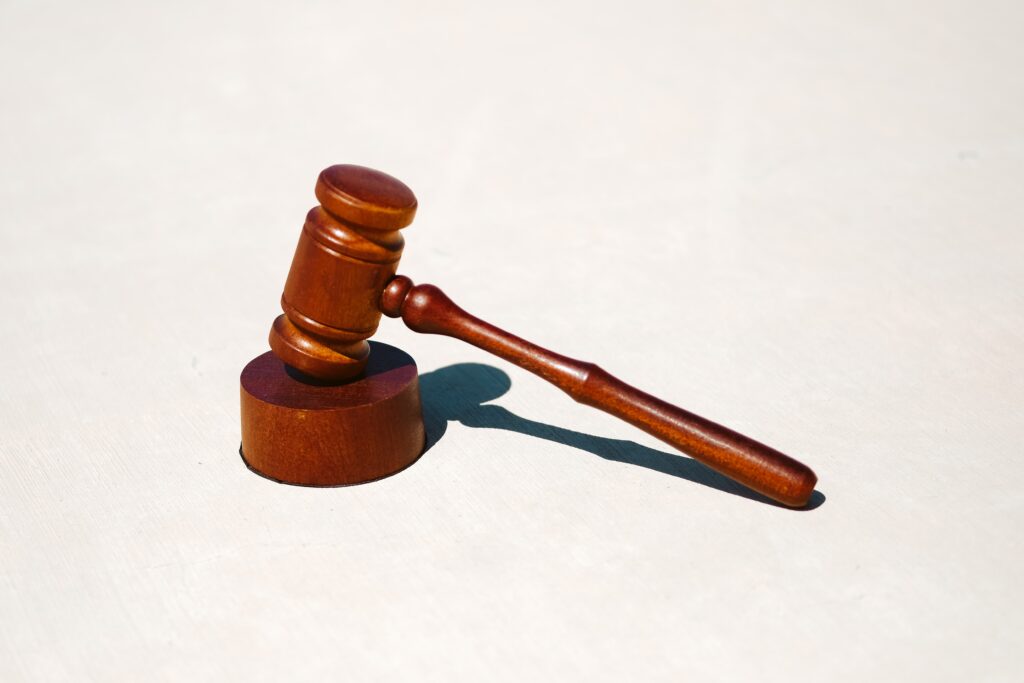
In summary, despite numerous advances, the field of cryonics is yet to be regulated by governments. However, as noted, there is some legislation that applies such as: The Uniform Anatomical Gift Act in the United States; The Transplantation of Human Organs Act and the Anatomy Act in India; the Removal of Bodies Regulations, 1954, in the United Kingdom; and the Criminal laws of different countries that govern and regulate, to some extent, various aspects of cryopreservation. Cryonic Centres are also under a legal obligation to maintain the cryopreserved persons; in 1983, a cryogenic centre was ordered to pay compensation of $928,594 for its failure to provide continuous suspension of two “dead” individuals. Also, in 2004, a legislation was attempted to be formulated in the state of Arizona, but the bill was withdrawn due to certain complexities. Amidst all this, cryonics continues to battle against legal complications and maintains the hope of resurrection, in accord with scientific advancements.
Chirag Balyan, and Prof. LK Deb (2017): Life beyond life? Legal Implications of Cryonic Preservation
Ayoub T., and Chow, J. (2008). The Conventional Autopsy in Modern Medicine
Stephen Bridge (1994): The Legal Status of Cryonic Patients | Alcor
Mike Perry (1999): Alcor’s Legal Battles | Alcor
George P. Smith, II, & Clare Hall (1986): Cryonic Suspension and the Law
Chronology of Attempted 2004 Cryonics Legislation in Arizona | Alcor
